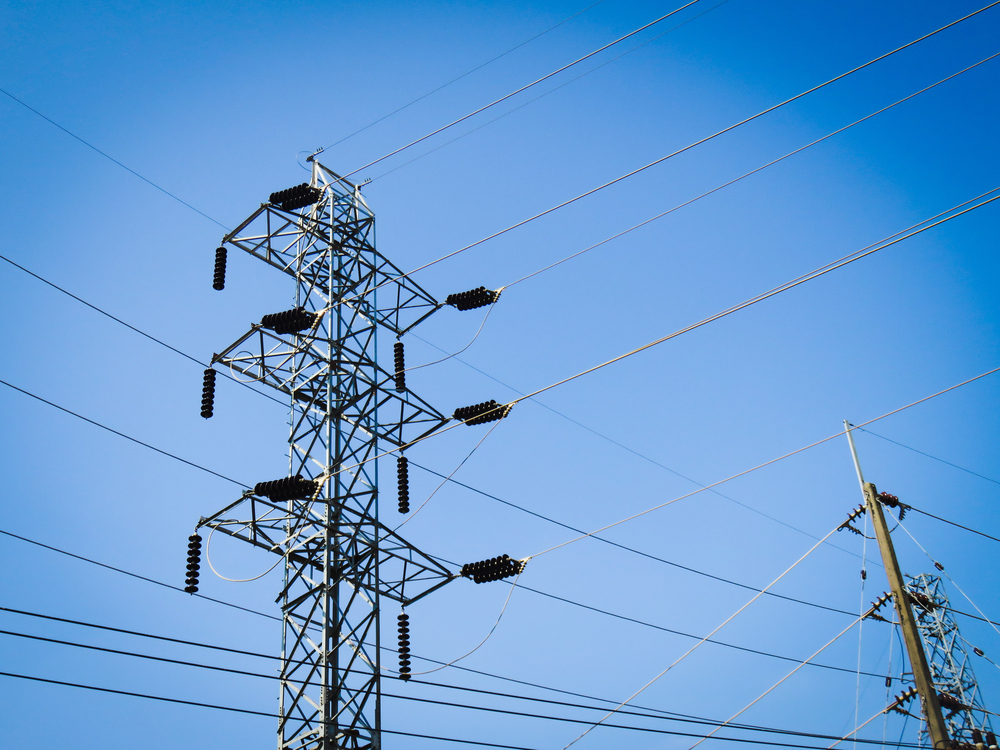An analysis by KPMG Economics’ into the National Energy Guarantee (NEG) shows it should help decrease electricity prices, but additional sources of dispatchable energy needs to be secured to help address Australia’s long-term energy needs.
The report underlines the importance to the Australian economy of restraining electricity prices. KPMG modelling shows that a 10 per cent increase in the cost of electricity generation would hit GDP by 0.24 per cent in the short term and 0.17 per cent in the long term – a short-term cost to the economy of $4.2 billion and 26,000 jobs, while over the long run each household would see their disposable income fall by $150 a year.
KPMG’s analysis finds that households and businesses have been smart in adapting to soaring prices in recent years – by reducing usage – but while efficient consumption and demand management have a key role to play, ultimately only additional sources of supply will curb pressure on energy prices.
KPMG Chief Economist, Brendan Rynne, said the NEG is capable of reducing electricity prices below a business-as-usual (BAU) case, but, that outcome is dependent on its precise design features.
“The NEG, being a market-based solution, will enable electricity retailers to choose the generation mix that optimises affordability, reliability and reductions in carbon emissions,” Mr Rynne said.
The report finds that NSW, ACT, SA and QLD experienced higher than anticipated wholesale electricity costs of nearly 50 per cent in 2016/17 compared to the Australian Energy Markets Commission’s original forecasts.
This was on the back of a rise of wholesale electricity costs of between 50 per cent and 60 per cent across all the southern and eastern states and territories in 2015/16.
The modelling completed by KPMG Economics shows that certain sectors in the Australian economy are especially vulnerable to rising electricity generation costs in the long run.
For example, relatively capital intensive sectors like Basic Non Ferrous Metal Manufacturing sub-sector and the Non Ferrous Metal Ore Mining sub-sector are projected to continue to be significantly adversely impacted in the long run.
This is simply because they do not get a significant offsetting benefit from the reduction in real wages in the long run.
The relatively large reduction in household consumption in the long run is the key driver behind the entry of sub-sectors like Gambling, Water Supply, Sewerage and Drainage Services, Gas Supply, and Telecommunication Services into the bottom 20 performers.
“Formalising policy settings for its production, consumption and transportation have long been challenging; this has become even more complex with the overlay of mitigating global climate change. The high price rises in recent years have been very challenging for businesses and consumers, and while demand management is important, the securing of more dispatchable and flexible sources of generation remains a priority to meet our current and future energy needs,” Mr Rynne said.
“These will be combined with growth in intermittent renewables sources in the years ahead, as we continue with an orderly transition to an increasing share of renewables.
“Our high-level analysis suggests that the NEG contains the right mechanisms to put downwards pressure on the cost of electricity compared to a BAU scenario. The importance of restraining prices is shown by our modelling of a further ten per cent hike in the cost of generating electricity, which has a serious consequence for the economy, particularly on household consumption.”













